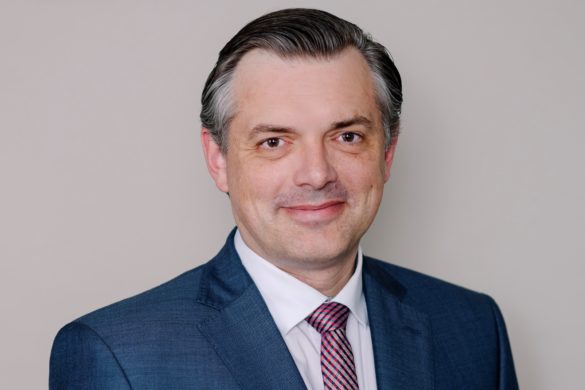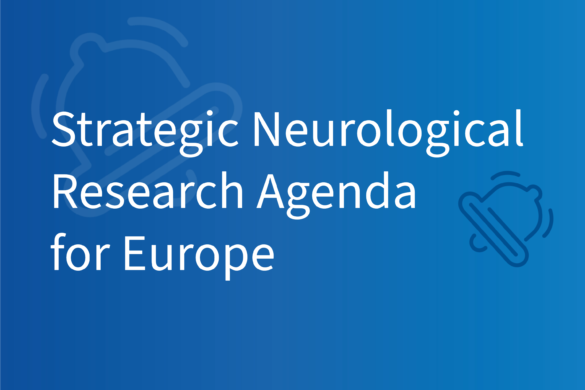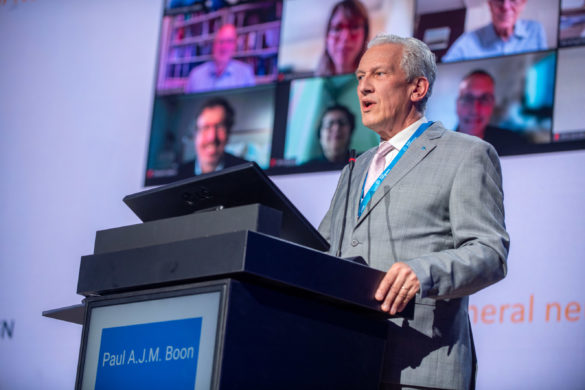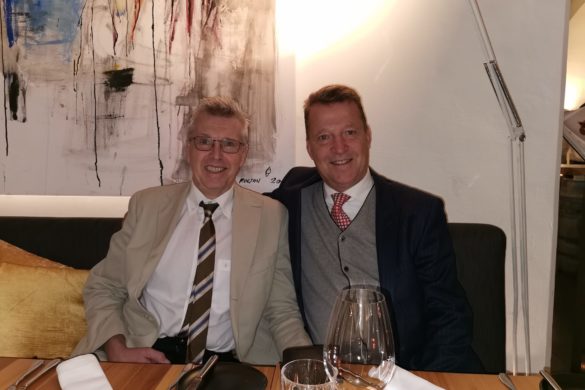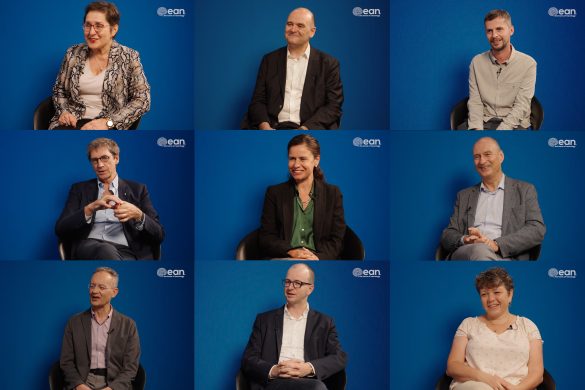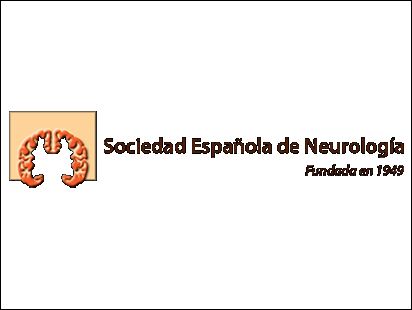The European Academy of Neurology (EAN) launched the first of its new National Neurological Society Forum meetings on Wednesday, December 15. Representatives from more than 40 societies who are EAN institutional members joined the meeting to get a glimpse of EAN’s considerable progress in advocating for neurology and brain health on the European level.
The meeting was chaired by EAN President, Prof. Claudio Bassetti, who has made neurology advocacy a major priority of his presidency and has successfully led development of a brain health strategy to ensure neurology’s indispensable role is kept to the fore of policy making.
Following an introduction to EAN and its main priorities for the period 2022 to 2024, which includes advocacy, Prof. Bassetti went on to detail EAN’s advocacy strategy. A key component of that strategy, he explained, is to further strengthen EAN’s cooperation with Europe’s national neurological societies, which he indicated as EAN’s number one priority within its advocacy strategy. He further explained that continuing the close and strong cooperation with patient societies, such as the European Federation of Neurological Associations (EFNA) as well as partner societies such as the European Brain Council (EBC), is integral to the strategy.
It was then the turn of EAN’s president-elect, Prof. Paul Boon to elaborate further on the cooperation with national neurological societies. He reminded the attendees that while the EAN can serve as a voice at international and European level, it is vital for them to advocate the same message at the national level. He points out that one key issue is the misunderstanding of policy makers on the burden of neurological disorders, which are higher than commonly acknowledged, based on recent studies. Prof. Boon then opened the floor to ask what added value EAN can provide to the national neurological societies, with some indicating that EAN’s fellowship programmes have facilitated great exchange and training opportunities and they hope to see those back when possible.
The keynote speaker of the meeting was Dr. Neerja Chowdary from the WHO’s Brain Health Unit. She presented some background on the Intersectoral Global Action Plan for Epilepsy and other Neurological Disorders (GAP) and how it ties in with the WHO’s Triple Billion Goals. She also explained that the naming of the GAP, with its focus on epilepsy, is more of a historical matter, and that the plan encompasses all neurological disorders. Dr. Chowdary also echoed the high burden of neurological disorders mentioned by Profs Bassetti and Boon earlier and the urgency of addressing it. Acknowledging the contribution already made by EAN and the OneNeurology partnership to the GAP, she stated that the plan is due to be considered by the WHO Executive Board at the World Health Assembly in May 2022.
Following the keynote, Prof. Bassetti continued with a brief summary of EAN’s contributions to the GAP and announced EAN’s work on a joint communiqué with National Neurological Societies stating their commitment to work together to adopt and implement the GAP. He was able to inform the meeting that, as of December 15, signatures from 33 national neurological societies had already been received and that the expectation in the coming weeks is to include as many of the remaining EAN’s institutional members as possible.
“A crucial step for the future of neurology and brain health was taken today with this meeting,” said Prof. Bassetti. “Together, we are now on course to bring the importance of neurology in decreasing the healthcare burden in Europe to the attention of policymakers along with advancing the cause of brain health.”




